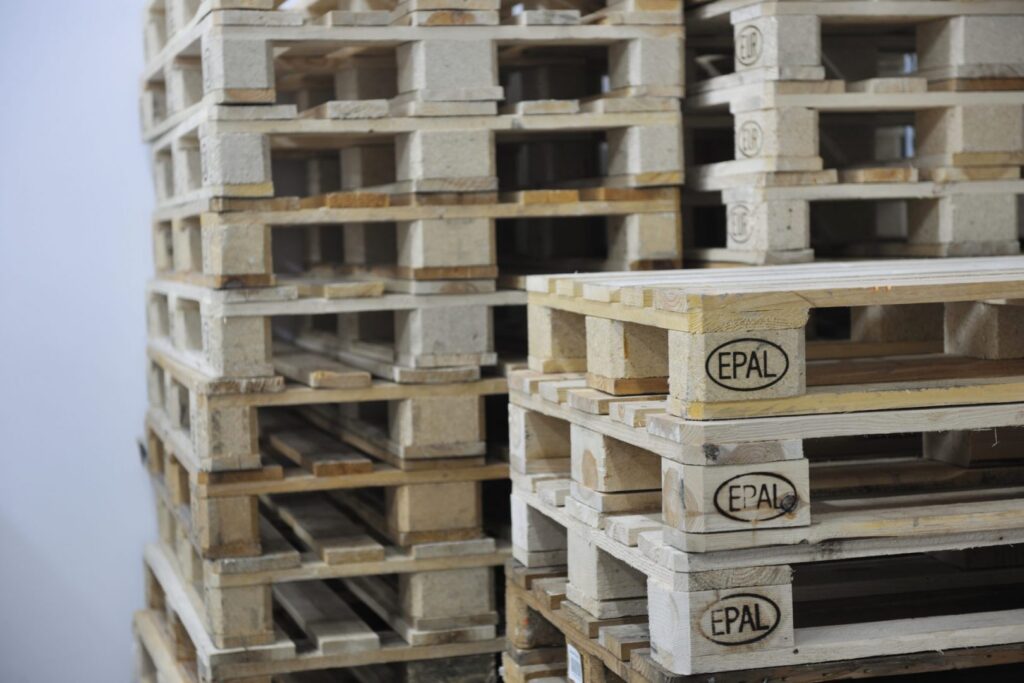Understanding the Difference Between Different Types of Wood Pallets
The retail industry is bigger than ever. In fact, global retail sales were predicted to hit $27.7 trillion by 2020. As you can imagine, this is going to require a lot of transportation of different products across the world. And usually wood pallets play a pivotal role in transporting these goods.
For years, wood pallets have been among the more trusted means through which businesses transport and store different products. Foods, clothing, and other products can potentially be transported with wood pallets because pallets are sturdy yet flexible, making them easy to pack and deliver. Yet when looking into new wood pallets for sale, it quickly becomes apparent that not all wood pallets are made from the same material. Let’s explore some of the different types of wood used to create these pallets, and what they have to offer.
How Are Different Types of Wood Selected For Pallets?
Before delving further into specific types of wood, let’s try to understand why different types of wood are chosen for pallets. Wouldn’t it make more sense for all heat treated pallets to be made out of the same type of wood? Not necessarily. This is because different pallets are used to transport different products.
Those products also come from different locations, so some wood pallets are easier to source in different areas than others. This is because the type of wood used for pallets is often dependent on the country of origin for the pallet producers. Pallet makers need wood that is readily available. This is why, in the United States, the two main types of wood to make pallets are hardwoods and softwoods.
You may have questions about this immediately. After all, pine, for example, is a softwood and oak is a commonly used hardwood. Doesn’t this mean pallets made out of pine are lesser? No, not necessarily; softwood is really something of a misnomer. Softwood does not refer to the wood’s actual strength, but rather its physical structure (hardwoods are deciduous and softwoods are evergreens).
What is the Difference Between Oak Pallets and Pine Pallets?
When looking into heat treated pallets made out of oak versus pine, we have to consider how these two different types of pallets differ. One of the reasons why pine is used so often for wood pallets is that it’s often a kiln-dried product. This means that the lumber is dried before being made into a pallet. Therefore, wood pallets made out of pine can be used without in general having to worry about cosmetic issues like mold developing on the wood.
Oak, on the other hand, is derived from a different process and the price of hardwood lumber doesn’t necessarily move in tandem with softwoods. In general hardwood pricing is slower to move up or down. Finally, hardwoods are processed at sawmills as “green” lumber and any heat treatment is typically done after the pallet has been built.
How Does Hardwood Differ from Softwood?
To delve further into the difference between, for example oak, (a hardwood) and pine (a softwood), you must understand more about the trees from which they’re sourced. Hardwood actually comes from flowering trees, otherwise known as angiosperms. Softwood comes from different types of trees, known as gymnosperms. These trees are often thinner and taller than the bushy angiosperm trees. This makes them easier to cut and prepare, and in general, they’re faster growing than hardwood trees.
The slower growth of hardwood trees is what makes them typically more expensive (although not always), rather than the quality of the wood itself. This is why it’s important for those sourcing their wood pallets to consider how important hardwood pallets really are. Though you should remember that oak can be a bit stronger than pine, the availability of pine compared to oak should also be taken into consideration. For that matter, the clean quality of pine can make it more ideal for transporting certain products than oak. Ultimately, those buying both heat treated pallets and untreated pallets must make informed decisions.

